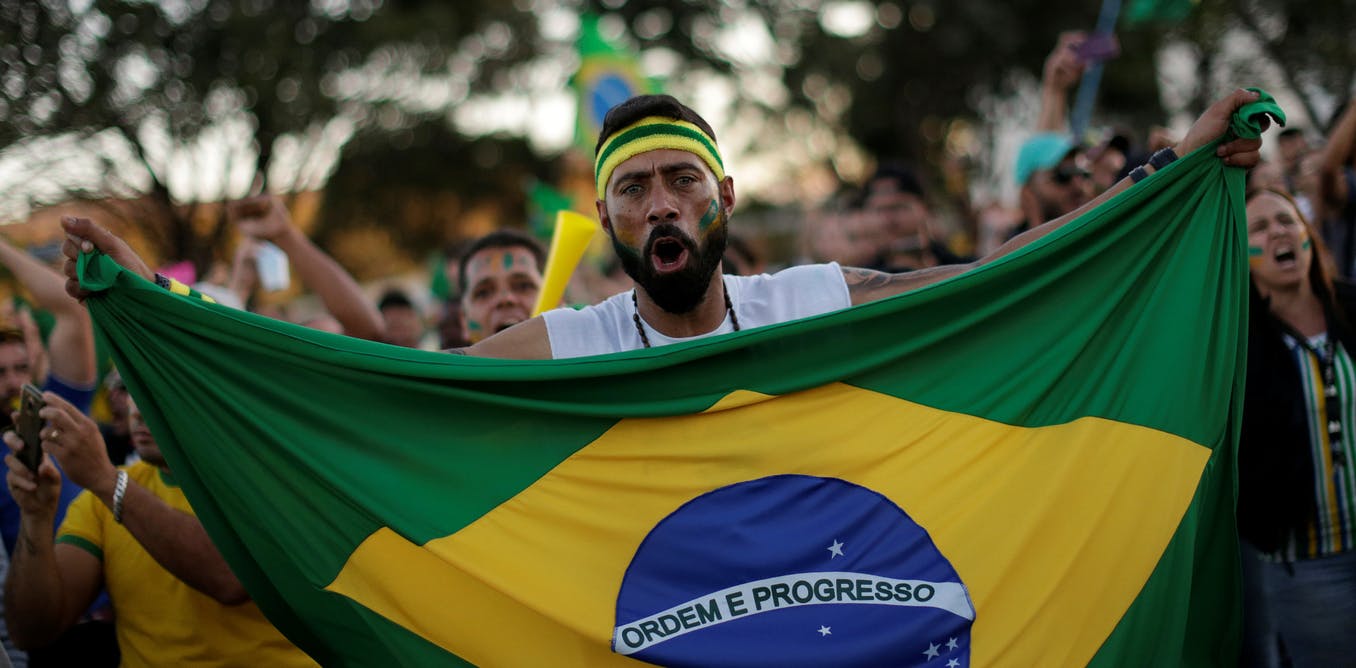People increasingly use social media platforms like Facebook and Twitter as their primary source for news and information. Studying social media habits, therefore, can offer rich insight into the political opinions of a nation.
Our team of computer scientists and social scientists from Brazil’s University of São Paulo began analyzing individuals’ Facebook behavior in 2015.
We started in our home country, where Facebook is a favored social media network: 52 percent of urban Brazilians consume their daily news on the site. Approximately 12 million Brazilian Facebook users interact with political pages on the platform.
By plotting those users’ interactions with such pages – those belonging to a government official, social movement or advocacy organization, for example – we developed a nationwide map of how Brazilian political opinion has changed over the past three years.
The visual that emerged was a shocking portrait of political polarization in action. We are now expanding our research to focus on other polarized nations, including Argentina and the United States.
Brazil before 2013
We tracked which pages these 12 million Brazilians had liked over the course of a month, noting when groups of users liked different pages on similar topics.
In 2013, our research found that Brazilian Facebook users with political interests could be categorized into six “user communities” based on the types of pages they visited: (1) conservative politicians and parties; (2) left-wing politicians and parties; (3) hard-line anti-crime groups; (4) anti-corruption campaigns; (5) progressive social movements; and (6) human rights and environmentalism.

